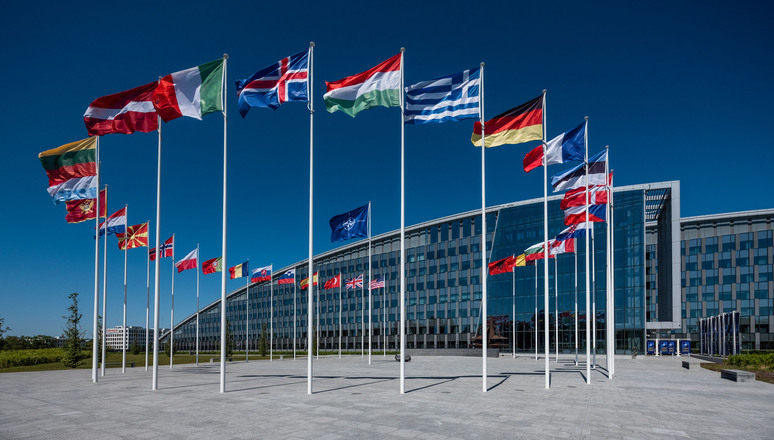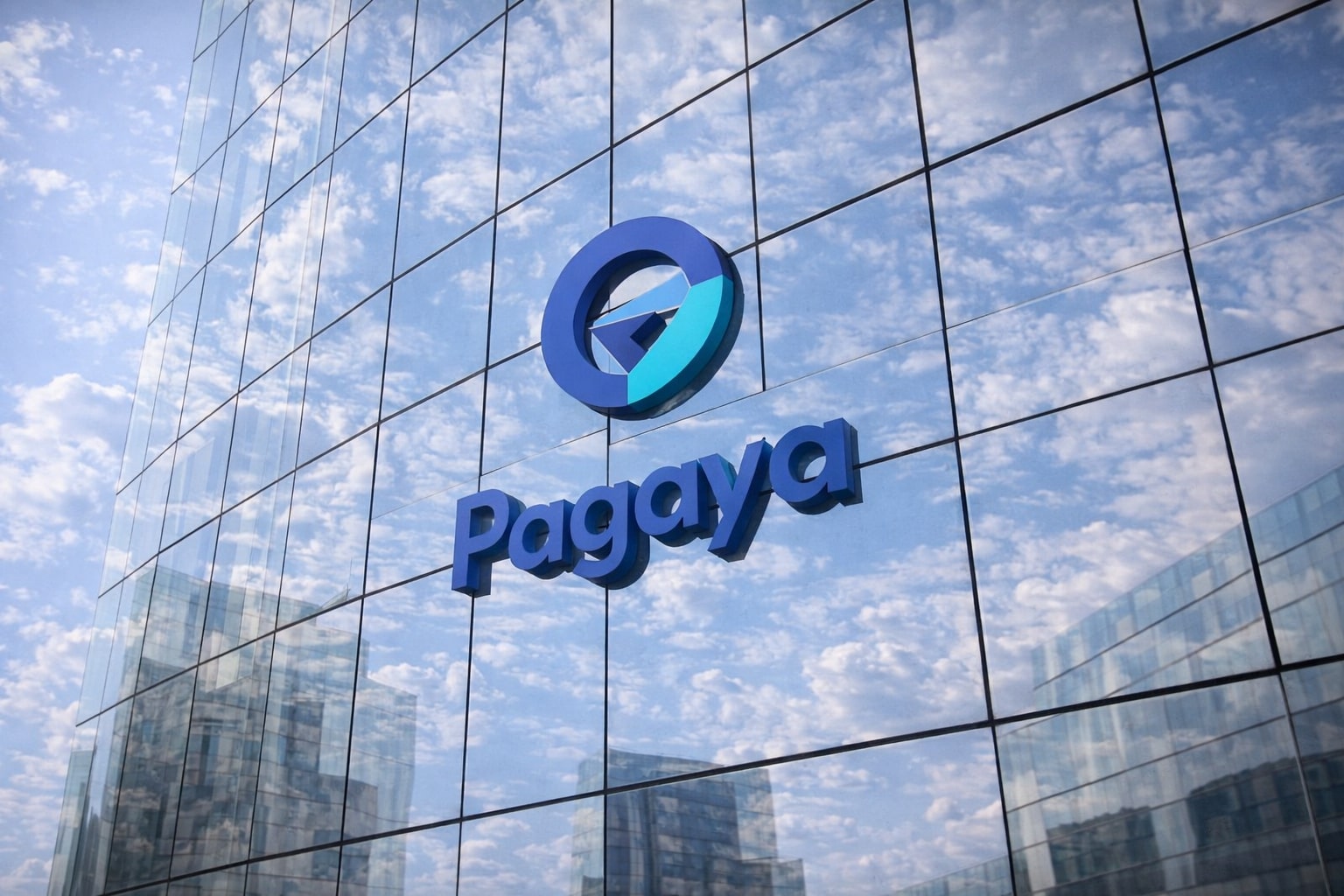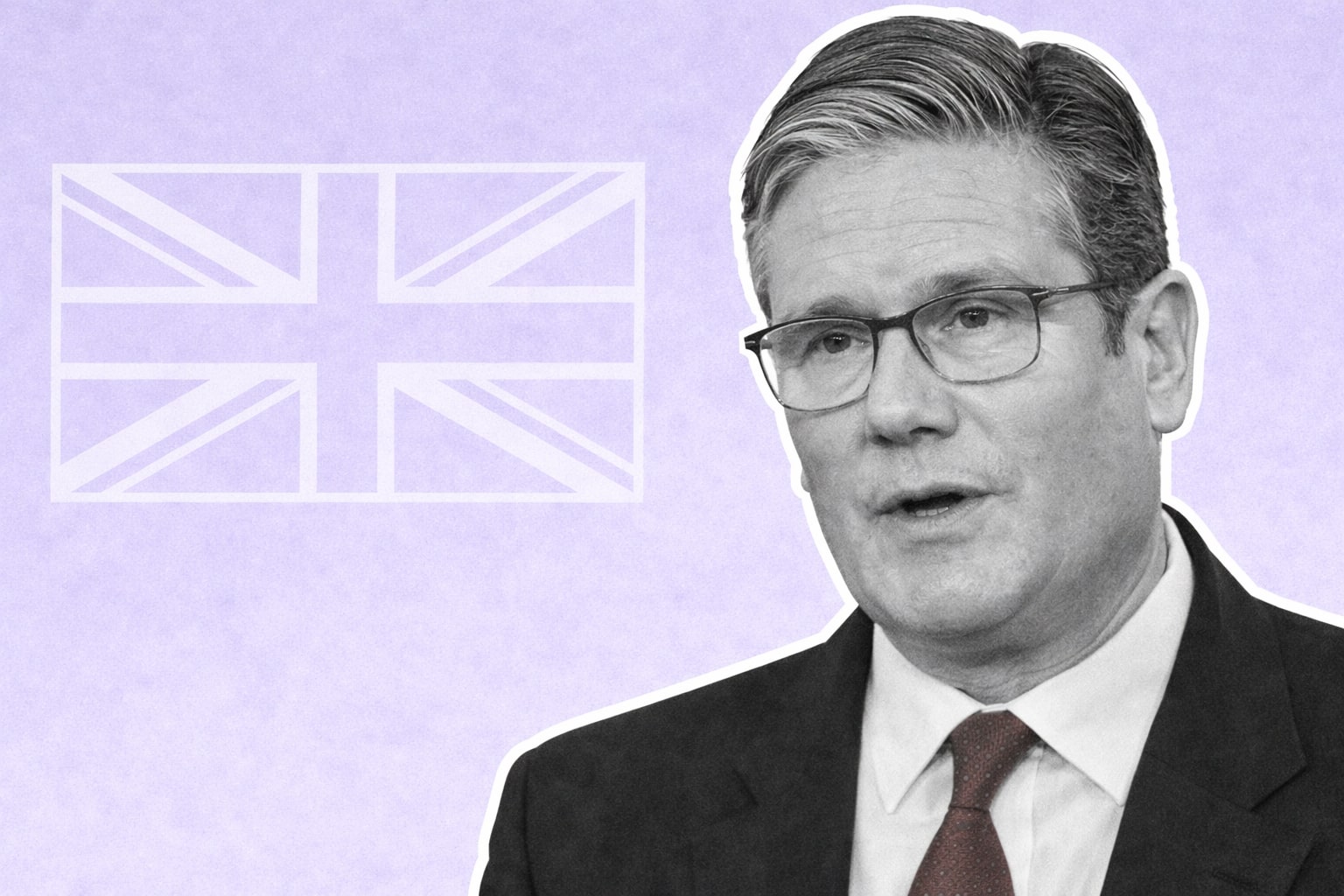
Finland Joins NATO, Strengthening Security Ties in Northern Europe
The Nordic Nation's Membership Adds a New Frontier to NATO's Border with Russia
On Tuesday, Finland officially became the 31st member of the North Atlantic Treaty Organization (NATO), marking a significant change in the security landscape in northeastern Europe and extending NATO’s boundary with Russia by an additional 1,300 kilometers. The country’s accession was celebrated with a formal ceremony at NATO headquarters in Brussels, where NATO Secretary General Jens Stoltenberg praised the addition of the Finnish flag to the alliance.
Finland’s admission into NATO represents a challenge to Russian President Vladimir Putin, who has long sought to undermine the alliance. The invasion of Ukraine led non-aligned Finland and Sweden to abandon their neutrality and seek protection within NATO, although Sweden’s bid to join has been stalled by Turkey and Hungary. On the day of the ceremony, Russia warned that further NATO expansion would not bring stability to Europe and threatened to scale up forces near Finland if the alliance deployed troops or equipment to the new member.
Finland’s membership in NATO provides the country with access to the resources of the entire alliance in the event of an attack and includes the protection offered by NATO’s Article 5 principle. The country’s forces will also be better integrated into training and planning with NATO allies, as Finnish troops have already participated in NATO exercises in the past.
A November report from the Wilson Center lists three key areas where Finland benefits from NATO membership: reserve forces, technology access, and artillery forces. The report highlights Finland’s strong artillery forces, with 1,500 artillery weapons, including 700 Howitzer guns, 700 heavy mortars, and 100 rocket launcher systems, which surpasses the artillery firepower of Poland, Germany, Norway, and Sweden combined. Additionally, Finland boasts a strong cyber security record and is home to Nokia, a major provider of 5G infrastructure.
Finland’s accession to NATO comes days after Turkey ratified its own membership, and Finland and Sweden originally planned to join the alliance together. However, the ratification process for the two countries was delayed by Turkey and Hungary, ultimately signing off on Finland’s bid last week but leaving Sweden’s bid unresolved. NATO has an open-door policy, allowing any country to join if it expresses an interest and is able to uphold the principles of the alliance’s founding treaty.
Finnish President Sauli Niinisto stated that Finland’s NATO membership is not targeted against anyone and does not change the objectives of the country’s foreign and security policy. The decision to join NATO was prompted by Russia’s invasion of Ukraine in 2022, and Finland shares a long 832-mile border with Russia, making NATO membership a necessity for the country. The future for Sweden remains unclear, as the country’s NATO membership application has been blocked by Hungary and Turkey.
Reuters , Cnn
Read More
-
Pagaya Stock Price Forecast - PGY at $23.20: Is PGY Stock the Cheapest AI Fintech of 2026?
19.12.2025 · TradingNEWS ArchiveStocks
-
XRP Price Forecast: XRP-USD Stuck at $1.87 With $3 2026 Target and $10–$25 Long-Term Range
19.12.2025 · TradingNEWS ArchiveCrypto
-
Oil Price Forecast: WTI Near $56 and Brent at $60 Signal Risk Toward $50
19.12.2025 · TradingNEWS ArchiveCommodities
-
Stock Market Today: AI Chip Rally Lifts Nasdaq as $7.1T Quad Witching Hits
19.12.2025 · TradingNEWS ArchiveMarkets
-
GBP/USD Price Forecast - Pound at 1.34 As BoE Cut And Soft Dollar Keep Bullish Path Toward 1.35
19.12.2025 · TradingNEWS ArchiveForex



















